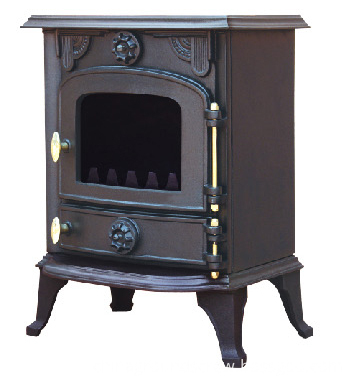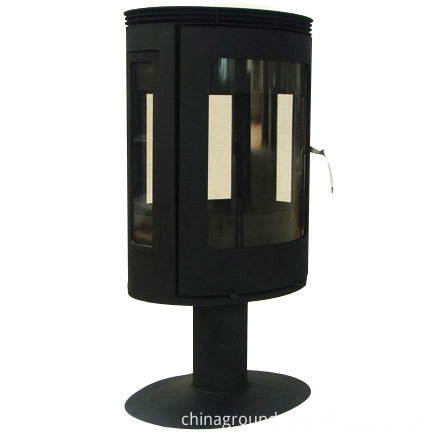
American Science Magazine
June 15, 2018
Submarine fiber: a new method for detecting earthquakes
Researchers say monitoring changes in seismic-induced submarine fiber optic cables represents a new means of discovering earthquakes. Their approach makes it possible to sense earthquakes without the installation of new subsea equipment, which can detect earthquakes in areas that are otherwise difficult to monitor, including subduction zones or remote ocean areas that lack seismographs.
Although 70% of the Earth's surface is covered by seawater, almost all seismic stations are on land. As a result, underwater seismic activity is still largely undetectable, limiting scientists' discovery of the source mechanism of underwater seismic activity. Today, scientists have realized that existing fiber-optic cable networks can help expand the ability to detect earthquakes by using fiber optics in fiber-optic cable networks as sensing components.
Today, Giuseppe Marra and colleagues report that they use a new method to estimate the “interference†signals generated by earthquakes in marine fiber optic cables. The method involves detecting a so-called optical phase transition triggered by seismic waves in the fiber. The authors say that it can not only detect seismic waves, but also estimate the magnitude and epicentral location of the earthquake. In recent years, Marra and colleagues used this method to evaluate several earthquakes in the epicenters in Italy, New Zealand, Japan, and Mexico; they proved that the method can effectively detect seismic activity and related parameters, and the effect is comparable to local Seismograph.
The two-sided South Asian monsoon can simultaneously spread and purify air pollution
An aerial study exploring the “self-cleaning ability†of the atmosphere reveals that the summer monsoon in South Asia can both purify certain pollutants in the air and disperse them. The authors claim that this new purification mechanism may prevent pollution in the area from causing greater impact. Although emissions of sulfur dioxide, nitrogen oxides and carbon dioxide in East Asia, North America and Europe have decreased since 2010, the concentration of air pollutants in South Asia continues to increase, mainly because of the widespread use of coal-fired power plants. During the dry winter months from December to March, large areas of polluted haze will drift over the South Asian Ocean to the Indian Ocean.
This “atmospheric brown cloud†has a major impact on air quality, climate and water cycle, but its impact during the summer monsoon remains to be clarified by scientists. Jos Lelieveld and colleagues hypothesized that a huge clockwise anticyclone would carry air pollution emissions from South Asia to the sky. From July to August 2015, they tested their hypotheses by testing high-altitude airborne airborne pollutants (including hydroperoxides, volatile organic compounds, sulfur and nitrogen oxides and aerosols) over South Asia. They found that monsoon convection does deliver pollutants up to the troposphere and higher, where they react with other gases and re-distribute.
Lelieveld et al. also unexpectedly observed that the summer monsoon also provides a purification mechanism that causes certain pollutants to be oxidized into less volatile water-soluble products that can leave the atmosphere through rainfall. According to the author, as pollution emissions in South Asia are increasing rapidly, the flow of pollutants through anticyclones may be strengthened in the future.
The new system can understand the unseen scene without help
Scientists at Google's DeepMind department have developed a machine learning system that uses only 2D sampled images of a few scenes to learn about the 3D composition of the environment, including its discrete objects and attributes, without human supervision. Their system is called the Generation Query Network (GQN), which can be prepared for machines that can learn about the world autonomously; these machines use their own sensors that do not require the large data that humans need today to mark as computer vision systems. Set for training.
GQN consists of two parts: one is the reproduction network, which can develop a coded scene reproduction from the sampled image; the other is the generation network, which can transmit the possible image of the scene from the new viewpoint, which can be blurred in part of the scene. Used to resolve uncertainty. GQN is trained with two dimensional views of a simple environment generated by different computers; these environments contain various objects and lighting settings. It will then be given a new scene image and will produce an image of the scene from any contained viewpoint. The reproduction of the network can be "factorized" to indicate that attributes such as color, shape and size are separately learned and encoded.
Researchers can build new scenes by simultaneously increasing or decreasing the reproduction of GQN; subtracting a blue sphere from a scene containing a red sphere and adding a scene with a red cylinder will produce a scene with a blue cylinder. All of this does not require humans to explicitly teach GQN about the concept of color or shape. The network also shows that it can be used as a promising device for controlling robots; for example, its predictive power allows it to "see" the robot arm from different angles with a single fixed camera, which means accurate positioning and Less raw data is required for control. The relevant Perspectives by Matthias Zwicker commented on these findings.
(This column is provided by the American Association for the Advancement of Science)
Chinese Journal of Science and Technology (2018-06-20 2nd Edition International) 
Our Foundry for cast iron stove / wood burning stove located in Cangzhou city of China ,the famous " township of the casting " ,Cangzhou iron lion, had more than 1000 years history .So we have more experience of casting .
We also have steel plate stoves with classic designs .
All of the cast iron stoves with high temperature painting ,with antique design and high quality workmanship .Cast iron stoves / Wood Burning Stoves/steel stoves are popular in European markets,USA markets, Australian markets and other markets .


Cast Iron Stove,Wood Burning Stove,Steel Plate Stove,Small Stove
BAODING JIMAOTONG IMPORT AND EXPORT CO., LTD , https://www.chinagroundscrew.com